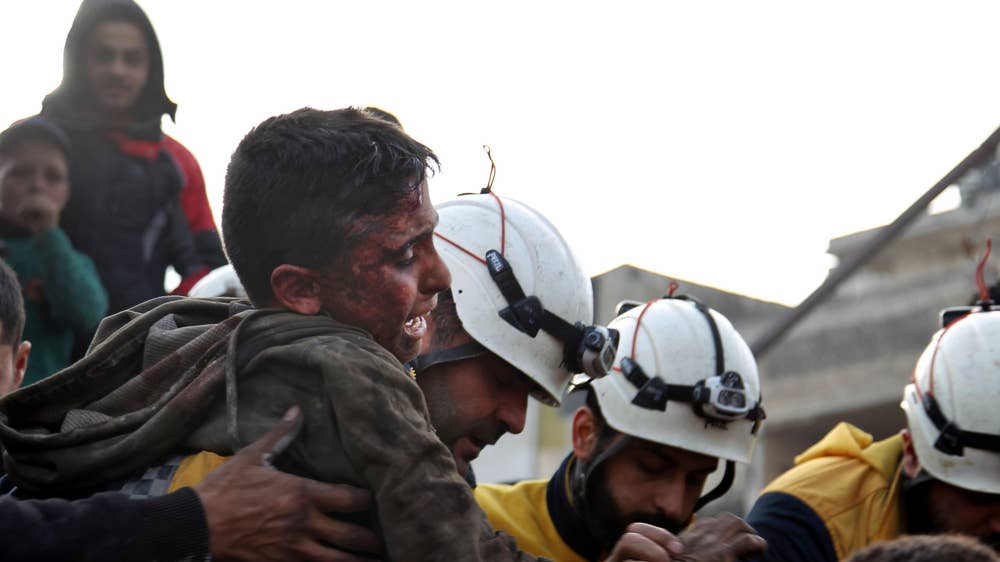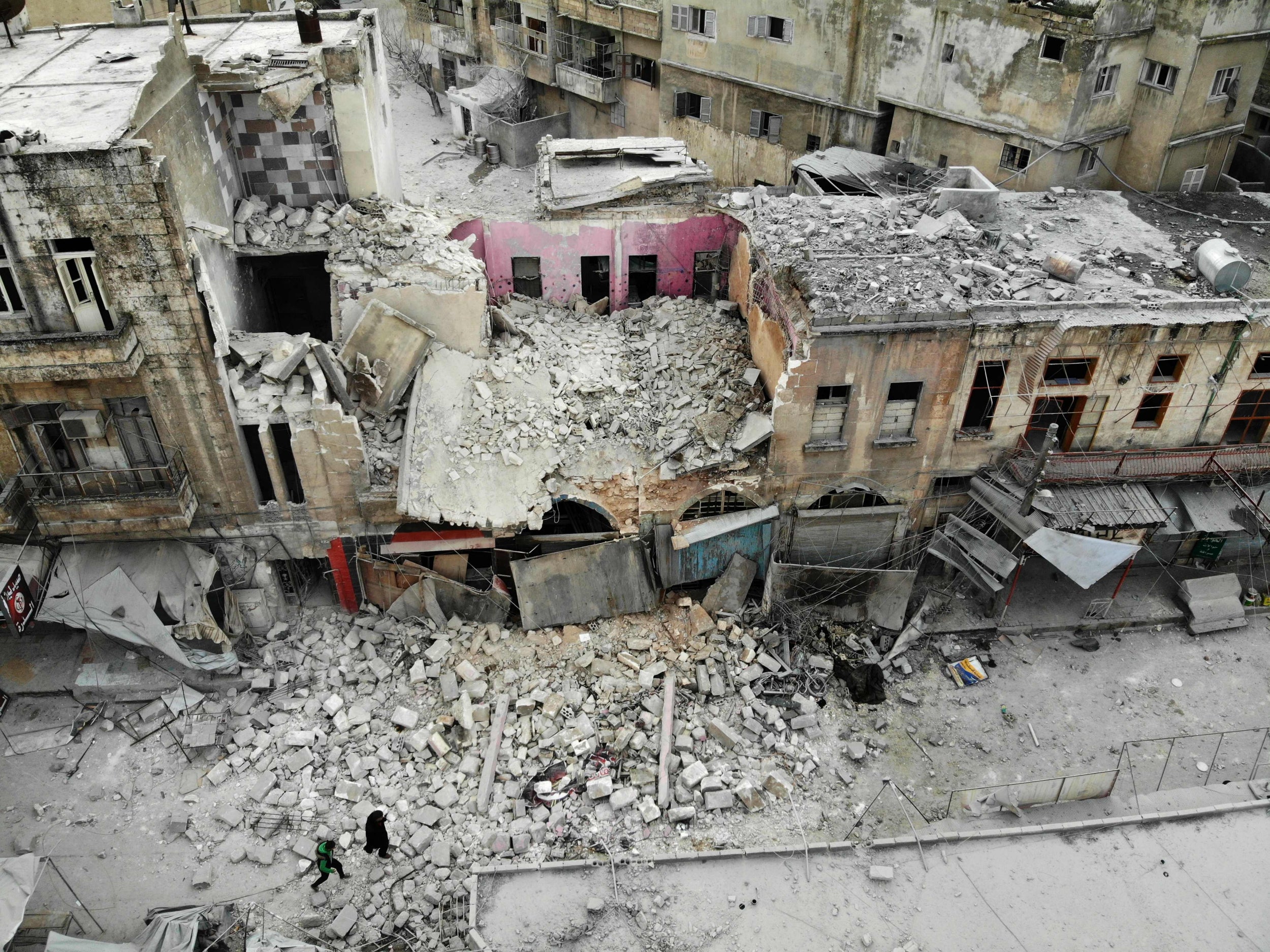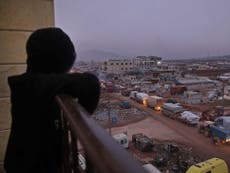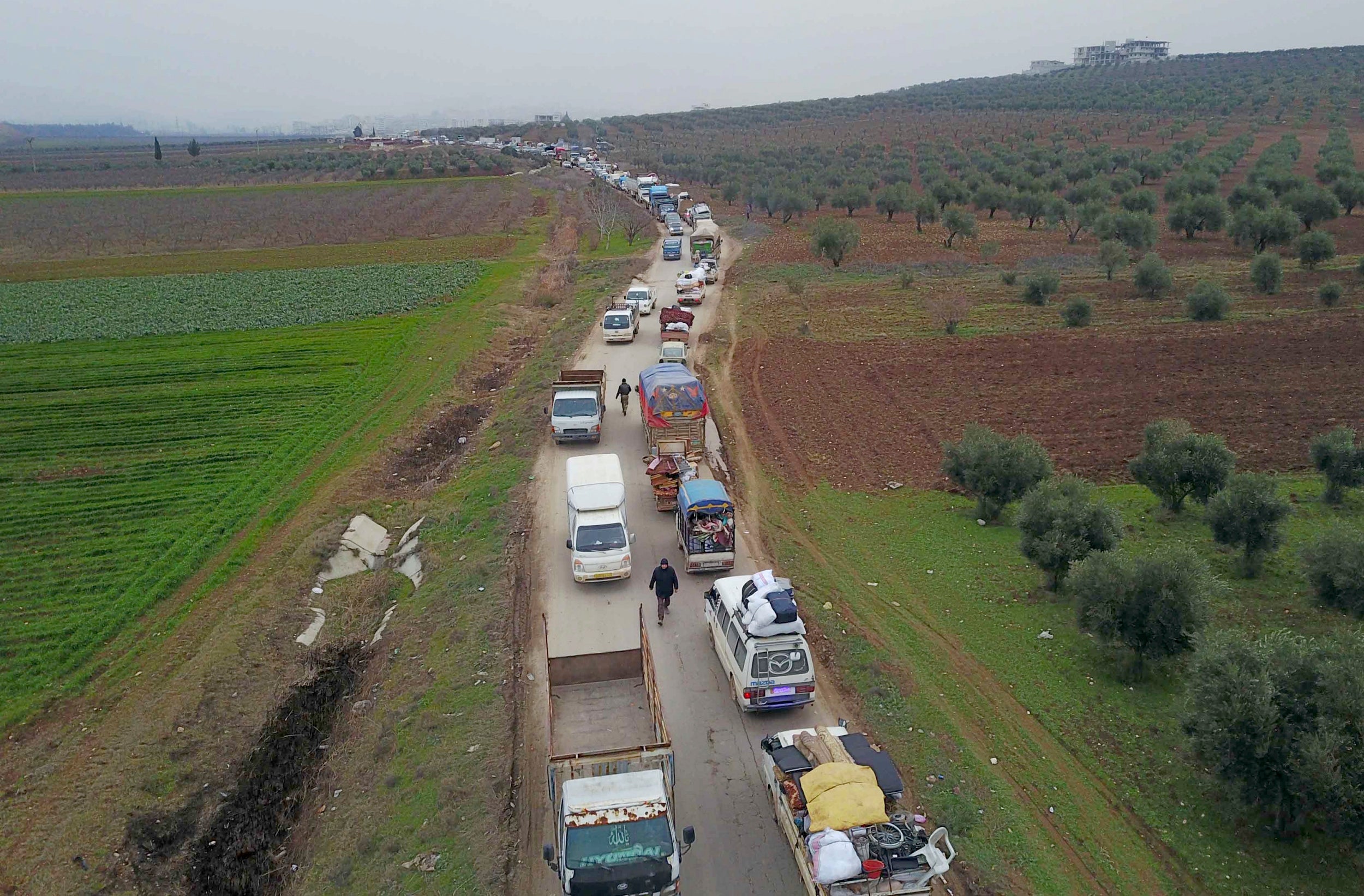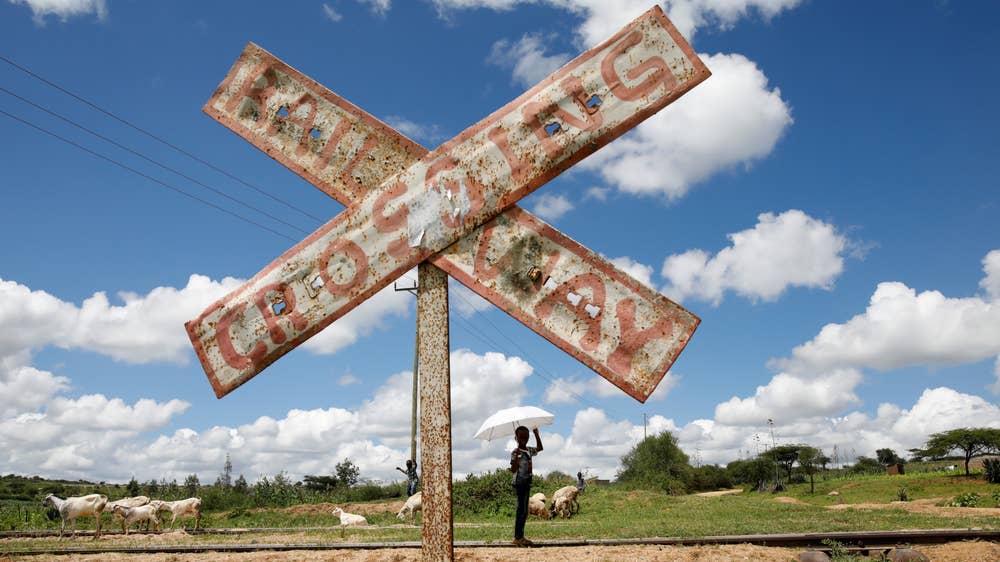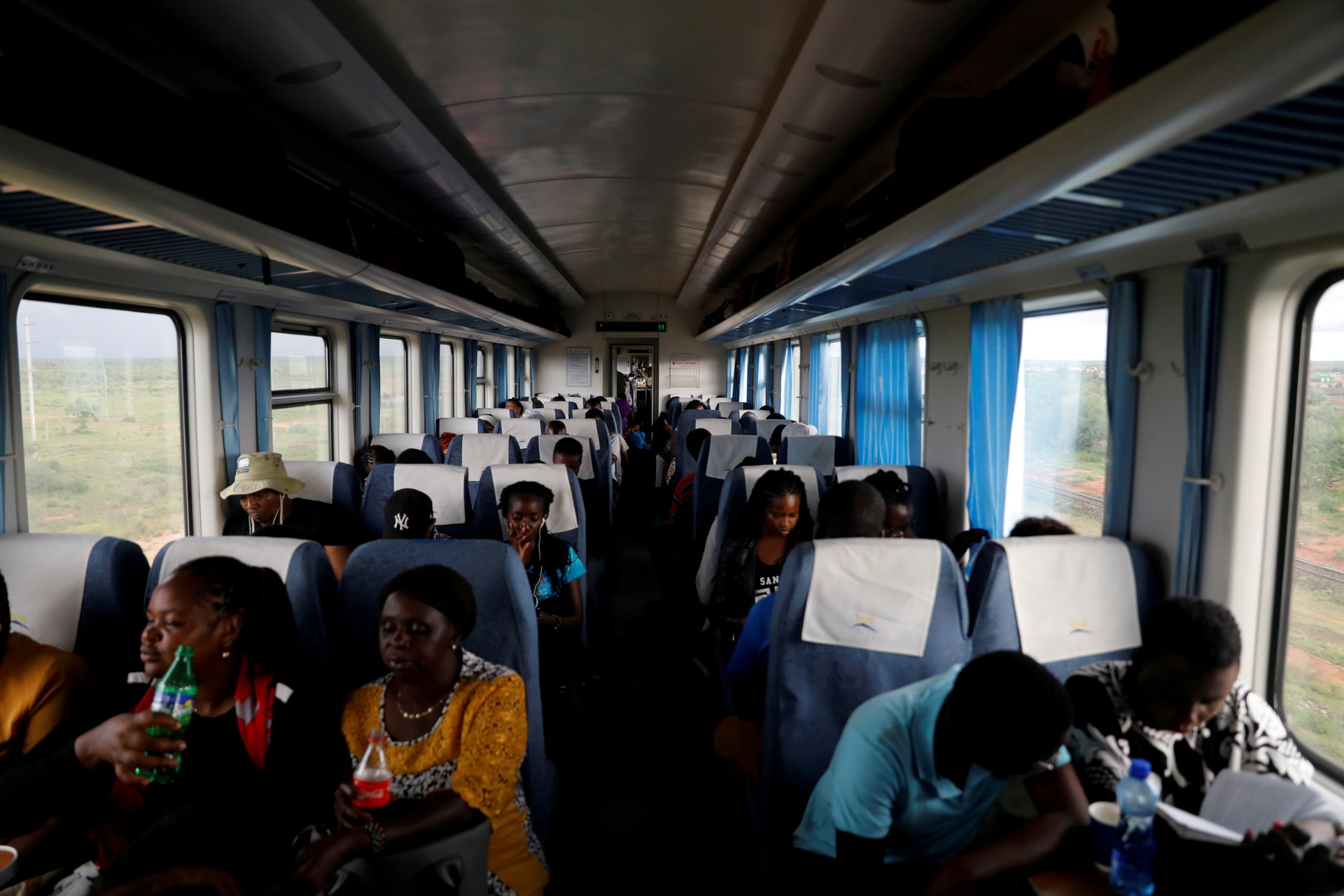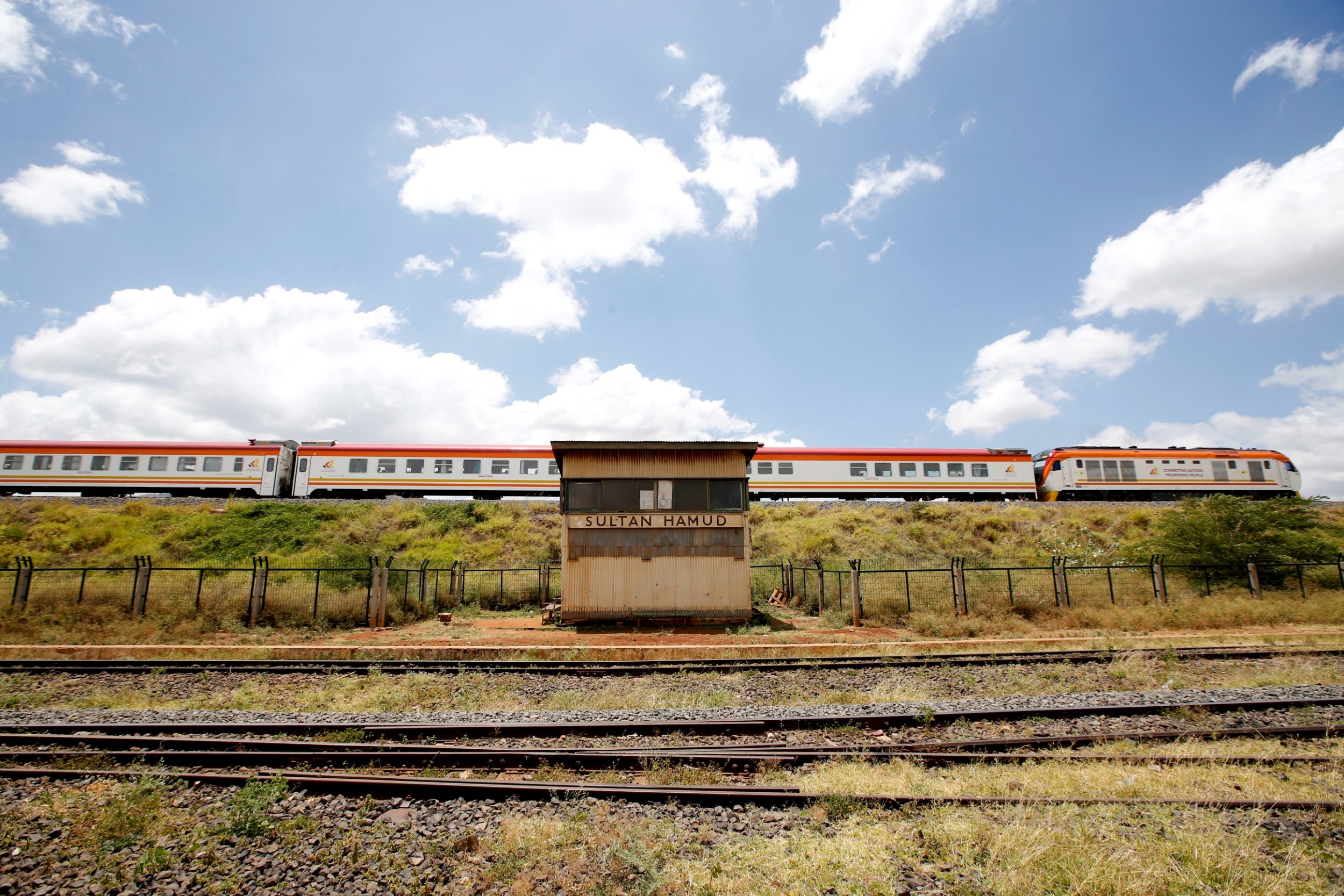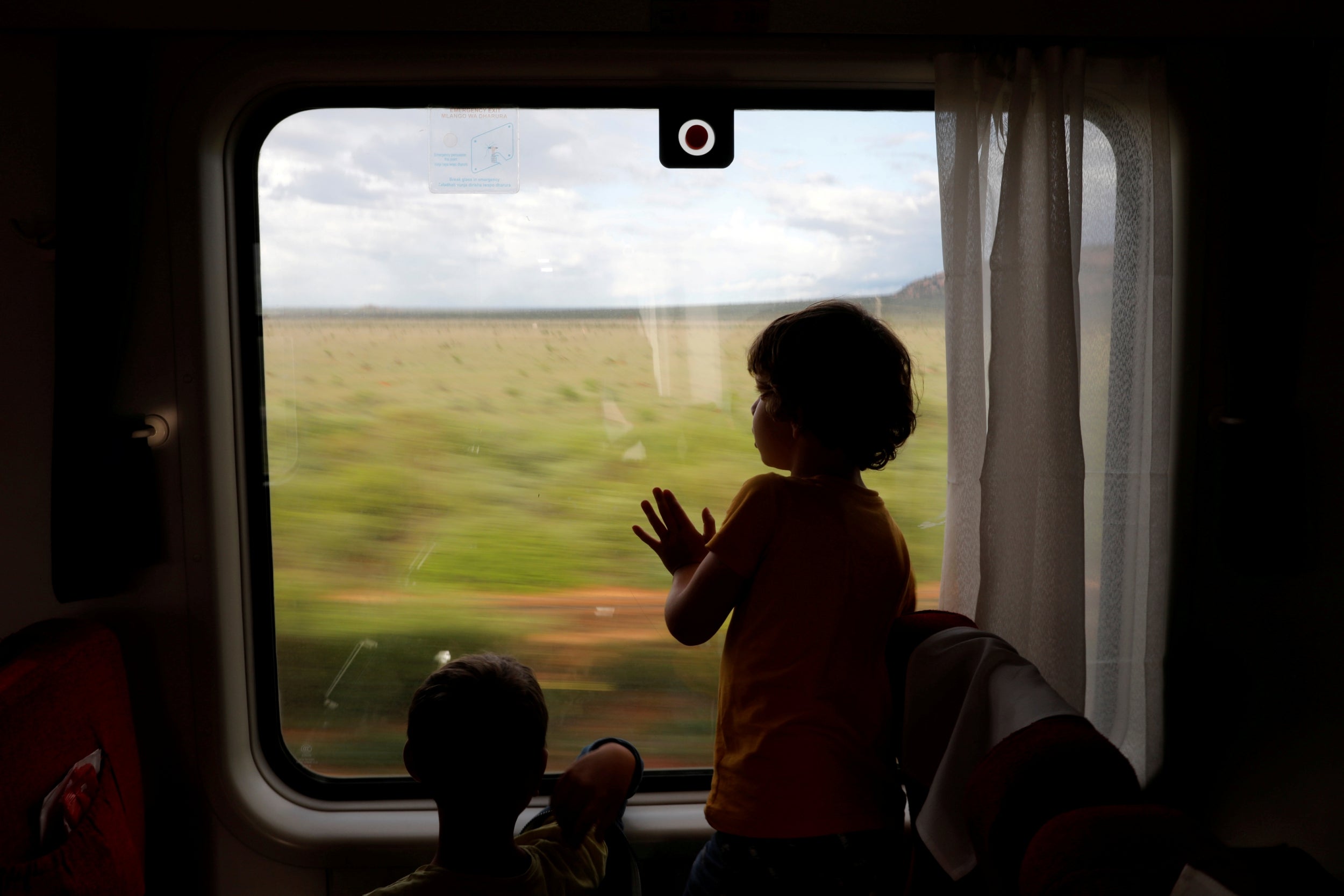(THATS ALMOST A BILLION BUCKS)By Christen McCurdy UPI

Syrian army units advance to the Aleppo Ghazi Aintab International Highway and the northern countryside of Aleppo, Syria, Monday. A DoD audit released Tuesday said the U.S has failed to account for nearly $715 million in weapons sold to Syria to fight ISIS. Photo by Hajj Ahmad/EPA-EFE
Feb. 18 (UPI) -- The U.S. military did not properly account for nearly $715 million in weapons and equipment intended for Syrian partners fighting ISIS, according to a Department of Defense report released Tuesday.
According to the DoD Inspector General's report, Special Operations Joint Task Force-Operation Inherent Resolve did not maintain a list of all equipment purchased and received, and instead allowed "multiple entities" involved with Syrian forces to store records in numerous locations

In addition, military equipment was not always properly secured or stored.
For example, according to the report, equipment stored at a Kuwait warehouse was stored outside in metal shipping containers, exposing the equipment to heat and humidity -- in part because outdated equipment had not been disposed of, which led to overcrowding at the facility.

Syrian army units advance to the Aleppo Ghazi Aintab International Highway and the northern countryside of Aleppo, Syria, Monday. A DoD audit released Tuesday said the U.S has failed to account for nearly $715 million in weapons sold to Syria to fight ISIS. Photo by Hajj Ahmad/EPA-EFE
Feb. 18 (UPI) -- The U.S. military did not properly account for nearly $715 million in weapons and equipment intended for Syrian partners fighting ISIS, according to a Department of Defense report released Tuesday.
According to the DoD Inspector General's report, Special Operations Joint Task Force-Operation Inherent Resolve did not maintain a list of all equipment purchased and received, and instead allowed "multiple entities" involved with Syrian forces to store records in numerous locations

In addition, military equipment was not always properly secured or stored.
For example, according to the report, equipment stored at a Kuwait warehouse was stored outside in metal shipping containers, exposing the equipment to heat and humidity -- in part because outdated equipment had not been disposed of, which led to overcrowding at the facility.
RELATED Over 830,000 forced to flee northwest Syria since December
The IG's office closed the report with recommendations that SOJT-OIR develop a central repository for all documentation required to support equipment for the Syria effort, and that SOJTF-OIR's commander develop guidance for the proper disposal of unserviceable equipment stored in Kuwait.
The IG also recommended that the commander of 1st Theater Sustainment Command regularly perform physical security inspections of the facility and "ensure corrective action is taken to fix new and existing security issues identified."
The report does not address the possibility that arms intended to fight terrorists in Syria have fallen into the wrong hands.
But that has happened in the recent past: A 2017 report showed that 90 percent of 40,000 ISIS firearms and ammo caches, documented by the arms control group Conflict Armament Research, were originally supplied to Syrian Democratic Forces by the U.S. and allies.
And a 2016 investigation into arms sales to Afghanistan and Iraq found that officials only had records for 700,000 firearms -- just under half -- of guns sold in 14 years to fight the War on Terror.



